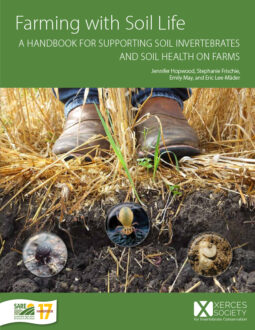As the title Farming for Soil Life indicates, soil is a living system. It is both the product and producer of dynamic interactions between life above the soil surface and below it. Most plants cannot grow without soil, and healthy soil cannot form without the contribution of plants and microbes. Once the process of soil formation is started and maintained, healthy soils are full of life.
Organisms that live in the soil are diverse and numerous. This section focuses on the function, ecology, and identification of animals in the soil and how to observe and promote this life. We begin the discussion of organisms with light coverage of microflora, fungi and plants. Then, under Soil Fauna, the animal profiles are organized by body size: microfauna, mesofauna and macrofauna (see figure 1), then by biological classification. Large groups (e.g., beetles and flies) are further clustered by ecology.
Microflora
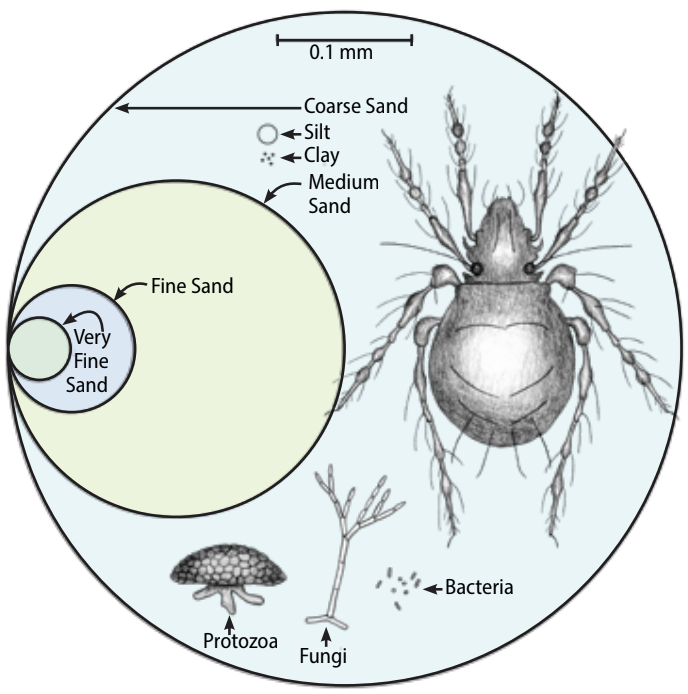
Bacteria are ubiquitous, microbial organisms often growing and living in colonies of individuals. The total biomass of living bacteria is estimated to exceed the biomass of all plants and animals on Earth combined. As a group, bacteria play an important role in organic matter decomposition. Relevant to soil life, the groups Rhizobium, Azotobacter and Frankia form associations with plant roots and are essential in nitrogen fixation and the nitrogen cycle. Cyanobacteria form nitrogen-fixing associations with certain plant groups, including gymnosperms (e.g., conifers and cycads) and ferns, some lichens, algae and mosses. Species of Agrobacterium may be pathogenic in some soil conditions.
Archaea are single-celled microorganisms that are present in terrestrial and marine environments and within other organisms, and some archaea are adapted to extreme conditions (e.g., hot springs and saline environments). These microorganisms have the ability to use hydrogen and other ions for energy in addition to organic (carbon-based) energy sources. Archaea contribute to nutrient cycling (especially in the nitrogen cycle), and ecologically they are either beneficial (mutualists) or neutral (commensalists). No pathogenic Archaea have been described.
Fungi
Fungi are extremely diverse in shape, size, form, and function. Some are unicellular and are present as individuals or colonies in the soil. Others are multicellular. Most fungi are beneficial to plants. They cycle nutrients and provide mechanisms for plant nutrient acquisition and water uptake. Arbuscular mycorrhizal (endomycorrhizal) fungi (AMF) interact with host plant cells and make special connections in the roots of plants that enhance nutrient and water uptake. They do not form fruiting bodies; instead, spores form directly from the hyphae. More than 80% of plant species on land have associations with arbuscular mycorrhizal fungi. Ectomycorrhizal fungi inhabit the spaces between cells in plant roots and expand the plant’s ability to uptake water and nutrients from the soil. Ectomycorrhizal fungi produce distinctive fruiting bodies for sexual reproduction.
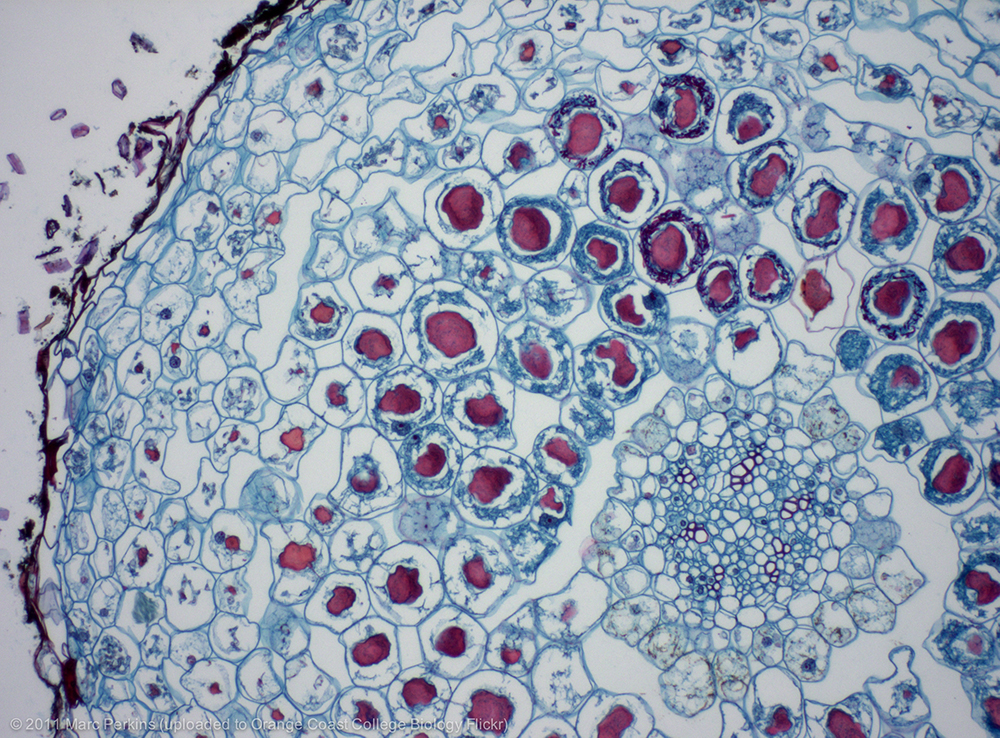
The fungi we call mushrooms are mostly basidiomycetes and ascomycetes. Mushrooms are like icebergs in that what we can’t see underneath the surface is much larger than the part that we can observe. These groups of fungi are present in the soil as extensive and complex networks of threadlike hyphae collectively called mycelia. The networks transport energy, minerals and chemical signals; grow by cell division; and reproduce sexually by spore production in special fruiting bodies called mushrooms. Some fungi are pathogens, but overall, fungi are beneficial, either as saprophytes that decompose plants and animals and make those nutrients available for renewed uptake, or through symbiotic relationships with plant roots. A few species are even predatory, trapping nematodes.
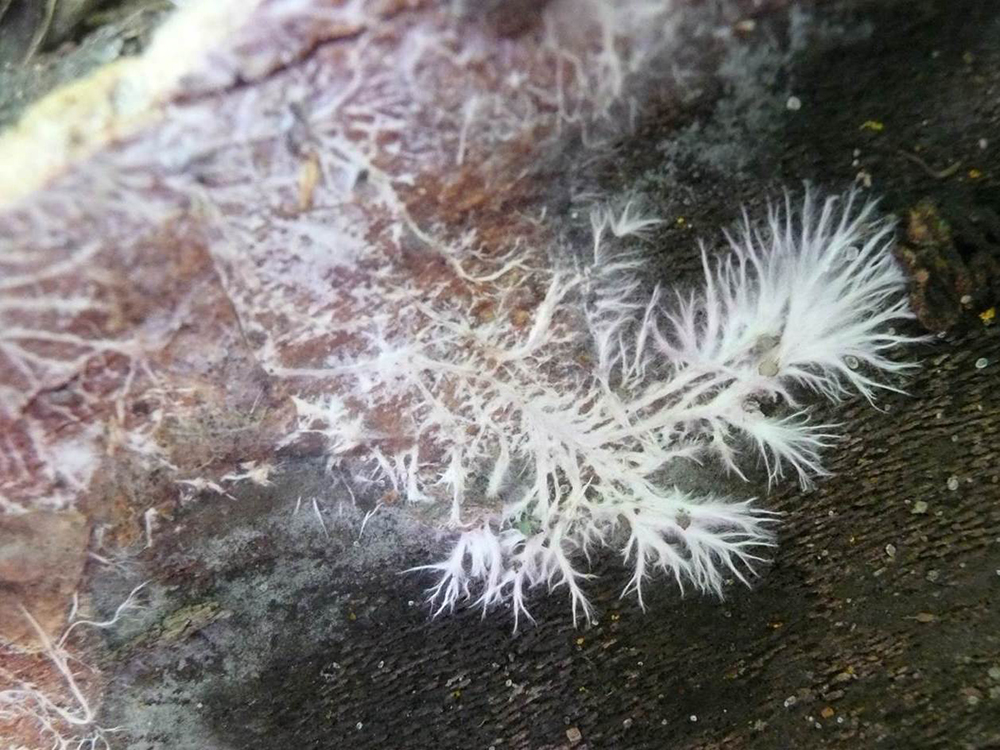
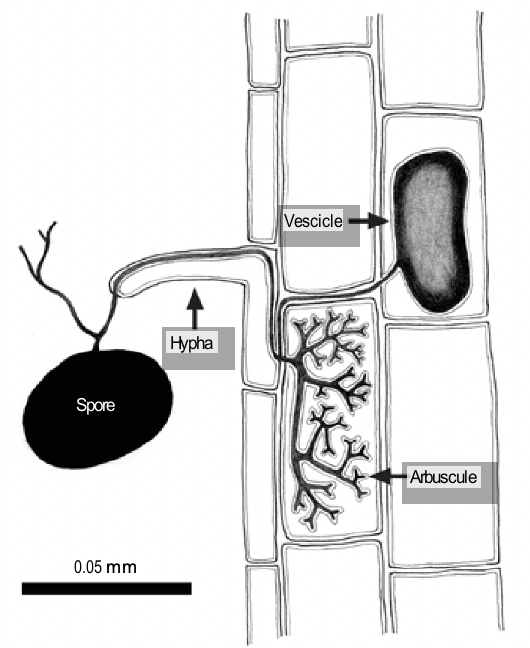
Plants
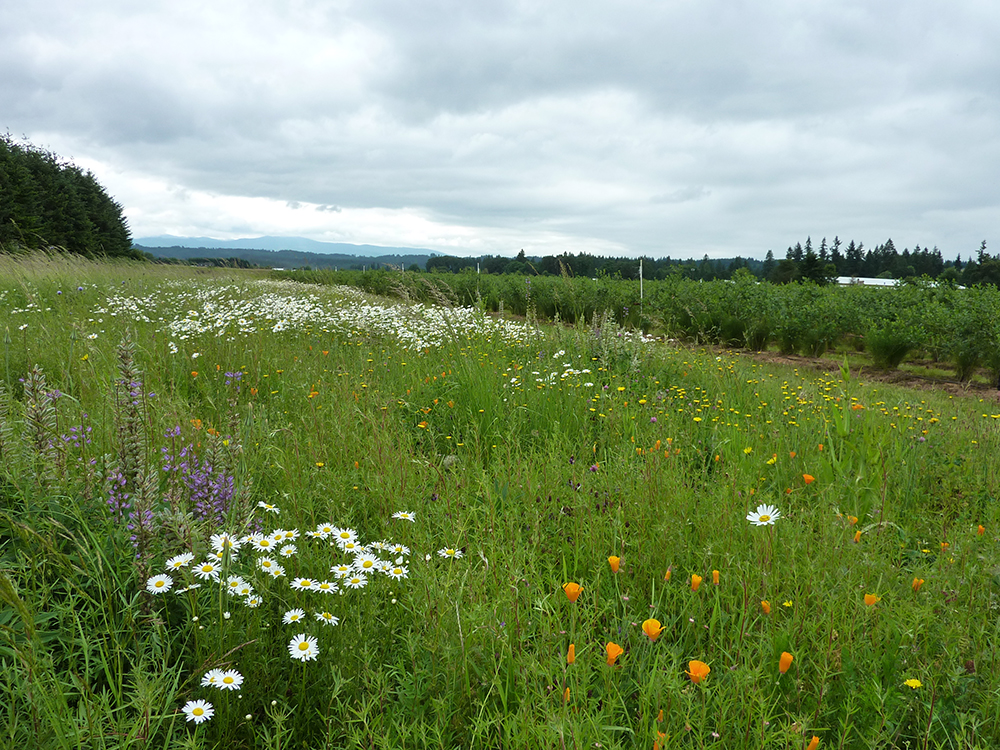
Soil and plants are intrinsically linked. An individual plant is simultaneously an aboveground and belowground organism. Vascular land plants need soil as a substrate for anchoring and as their source of water and nutrients. Conversely, plants contribute to soil formation by breaking down mineral substrates. In the early stages of soil formation, lichens, moss and cryptobiotic crusts and the roots of plants break down bedrock. Some plant root systems can act as a net that holds mineral soil and organic matter, further adding to soil formation. In mature soils, plants are crucial to soil health and soil life. Plants feed soil life by secreting carbohydrates produced through photosynthesis into the root zone, called the rhizosphere. These carbohydrates, referred to as exudates, are released both actively and passively. The exudation from roots is not just accidental, but the basis of an environment for a mutually beneficial and symbiotic relationship between plants and soil microbes. Seeds in the soil are food for birds, invertebrates, and microbes.
Soil Fauna
The role of microbes in soil ecology and function has long been acknowledged; in contrast, the role of soil fauna, though significant, has been overlooked. Soil fauna can alter the physical structure of soil; facilitate the movement of air, water and roots within the soil; and help circulate nutrients between soil layers. Soil mesofauna and macrofauna are instrumental in nutrient cycling, helping to fragment plant and animal organic matter and making it more available to further decomposition by microbes. Food-web relationships of soil fauna are complex and include herbivores that feed on dead plant material or directly on roots of living plants or algae, as well as communities of predators and parasites that feed on soil fauna. Despite their importance to soil systems, there are knowledge gaps in the natural history and biology of many identified species, and many others remain undescribed and unnamed. There is still much to learn about soil life!
| Soil Fauna, Classified by General Body Length | ||
| Fauna | Group | Size Range (Metric/Inches) |
| Micro | Protozoa | 1 µm–3mm / 0.00004–0.11" |
| Meso | Rotifers | 0.1–3 mm / 0.0039–0.12" |
| Tardigrades | 0.05–1.7 mm / 0.002–0.067" | |
| Nematodes | 0.3–10 mm / 0.012–0.39" | |
| Potworms | 1–30 mm / 0.039–1.18" | |
| Mites | 60 μm–5 mm / 0.0024–0.2" | |
| Springtails | 0.25–5 mm / 0.0098–0.2" | |
| Bristletails | 2–15 mm / 0.079–0.59" | |
| Thrips | 0.5–5 mm / 0.02–0.2" | |
| Dwarf millipedes | 1–10 mm / 0.039–0.39" | |
| Macro | Earthworms | 1–40 mm / 0.39–15.7" |
| Slugs, snails | 1.5 mm–12 cm / 0.059–4.7" | |
| Spiders | 1–35 mm / 0.079–1.18" | |
| Termites | 2–20 mm / 0.08–0.8" | |
| Flies | 1 mm–3.5 cm / 0.039–1.38" | |
| Beetles | 0.5 mm–12 cm / 0.02–4.72" | |
| Ants | 1–25 mm / 0.04–0.98" | |
| Bees, wasps | 1 mm–5 cm / 0.039–1.18" | |
Notes About the Profiles
Here we provide profiles of fauna that live in the soil throughout their life and species that spend most of their lives in the soil, emerging for short portions of their life cycle. We also include fauna that are more transient, spending only a small portion of their life in the soil, or that live in decaying plant, fungi or animal matter that will eventually return to the soil. Each profile focuses on the most common and studied members of the group. However, for many soil invertebrates that have not yet been researched in detail, complete information on the number of species or relative abundance or life cycle is currently unavailable.
This material is based upon work that is supported by the National Institute of Food and Agriculture, U.S. Department of Agriculture through the Sustainable Agriculture Research and Education (SARE) program. Any opinions, findings, conclusions, or recommendations expressed in this publication are those of the author(s) and should not be construed to represent any official USDA or U.S. Government determination or policy.
